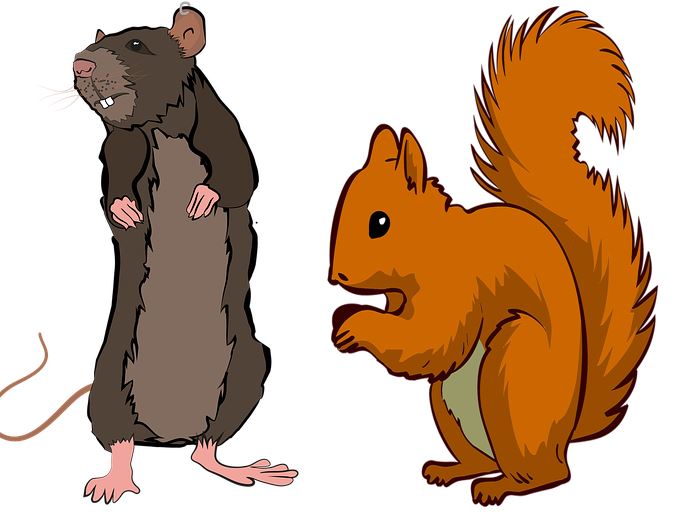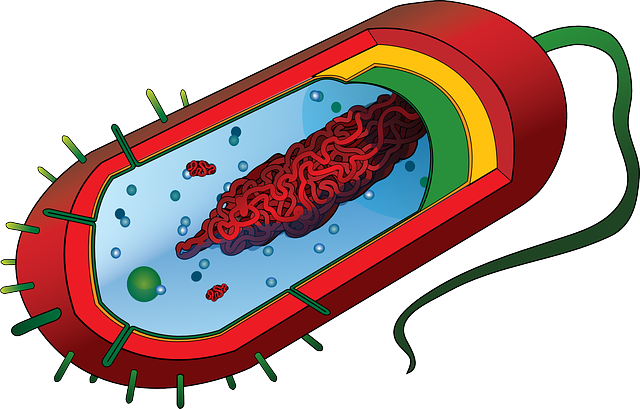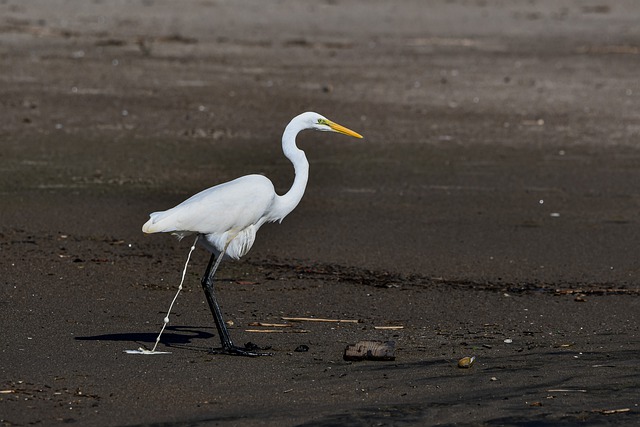
Pest control can be exasperating and while you might consider doing it yourself, it is best left to the professionals. Delta bugs can be a unrelenting problem with property owners. Instead of grabbing a handful of pesticides, insecticides and rodenticides from your local hardware store, consider this first, the government has restricted the use of chemicals and their potency, so you maybe wasting your money. If you do use these products and need to reapply the chemicals, the toxic levels can impact your family and pets. A pro usually eliminates bugs in one treatment even if the infestation is severe. Professionals in pest control service use the most beneficial method to deal with pests based on their severity and label application rates.
Pest Extermination
https://www.linkedin.com/pulse/pest-extermination-randy-bilesky/?published=t








